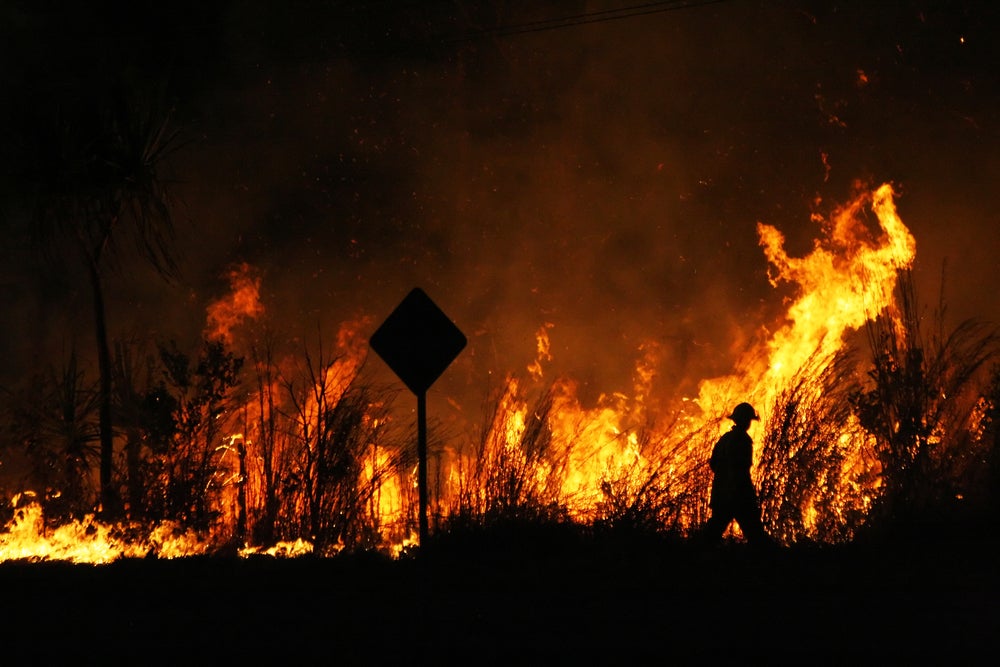Indigenous populations around the globe hold unique knowledge natural world that has been passed down through generations.
Often there is a dominant way of living that promotes sustainability and care for the environment. These Indigenous practices have little to no impact on the environment. They are highly adaptive to ecosystem changes and foster healthy and resilient environments.
In 2023, 60% of Australians voted against the inclusion of indigenous voices into its constitution. However, climate change shows no signs of slowing down or improving, meaning that the inclusion of voices that know how to coexist with the environment so well is more important than ever.
Kenyan drought prediction
Like a large portion of Africa, Kenya is at severe risk of droughts. The country only has 27 weather stations, meaning comprehensive weather data is scarce. Reliable drought and rainfall predictions are needed across the country, especially for farmers who risk planting crops that have no hope of growing.
The Information Technology and Indigenous Knowledge with Intelligence (ITIKI) has been developing a drought forecasting tool that integrates meteorological data with Indigenous weather indicators into an artificial intelligence-supported model for accurate weather forecasts.
Local signs like dragonfly behaviour or bird calls, which correlate with weather patterns, allow for highly specific forecasts at a local level. These traditional indicators of imminent rainfall are compared alongside meteorological data to produce rainfall predictions.
The model has boasted a 98% accuracy rate over the last 18 months. It offers farmers and local populations village-specific rainfall predictions and has helped farmers improve crop yields and reduce losses.
Prescribed burning in Australia
Aboriginal populations in Australia have long used fire as a landscape management technique. Cultural burning is where controlled fires will be set to clear certain vegetation, reducing fuel loads and managing biodiversity.
This technique has been adopted by the Australian government since the 1950s. Every year, prescribed burning takes place to reduce the risk of bushfires growing out of control. When carried out correctly, controlled burning has massively reduced the risk of bushfire spread in subsequent years.
Considering how important prescribed burning has become in Australia, the dismissal of including Indigenous voices in constitutions is all the more upsetting.
Indigenous voices for change
Around 25% of the world’s land is cared for by indigenous populations. It is important to take guidance and follow suit in how to protect.
While legally there is very little inclusion of Indigenous knowledge into climate policies, nature-based solutions and circular economies are becoming key corporate and national policies to reduce environmental damage. These types of solutions closely follow how Indigenous populations have been living in and caring for the world for millennia, so ensuring the integration of traditional techniques is more vital than ever.








